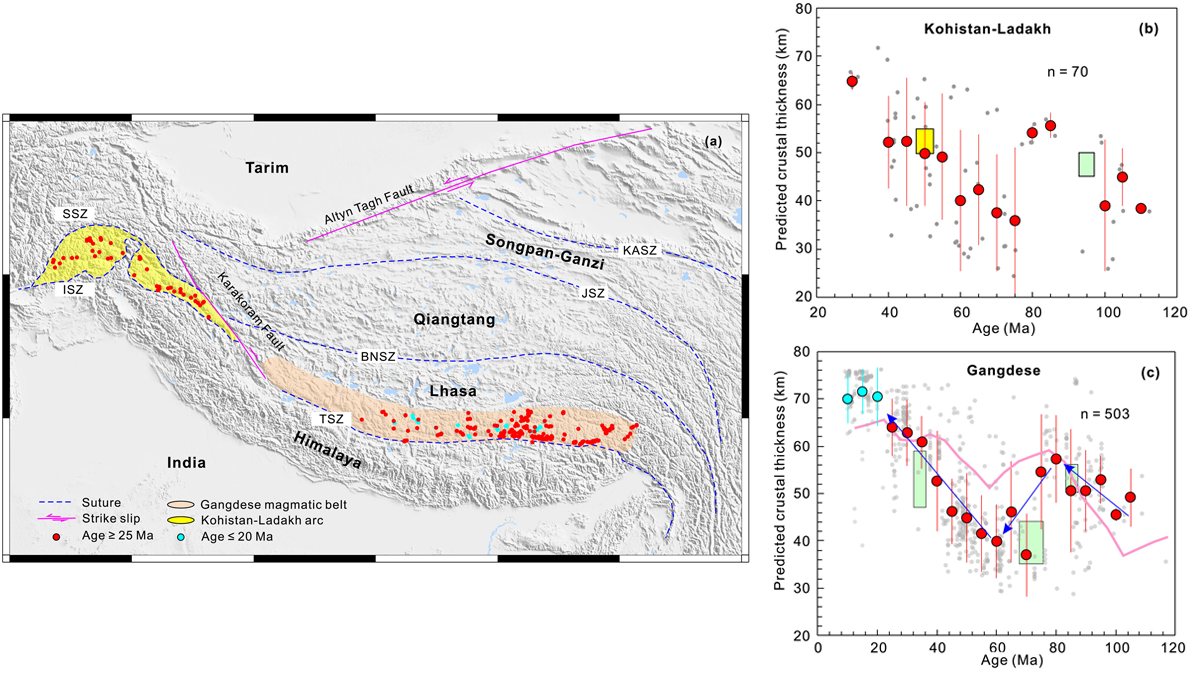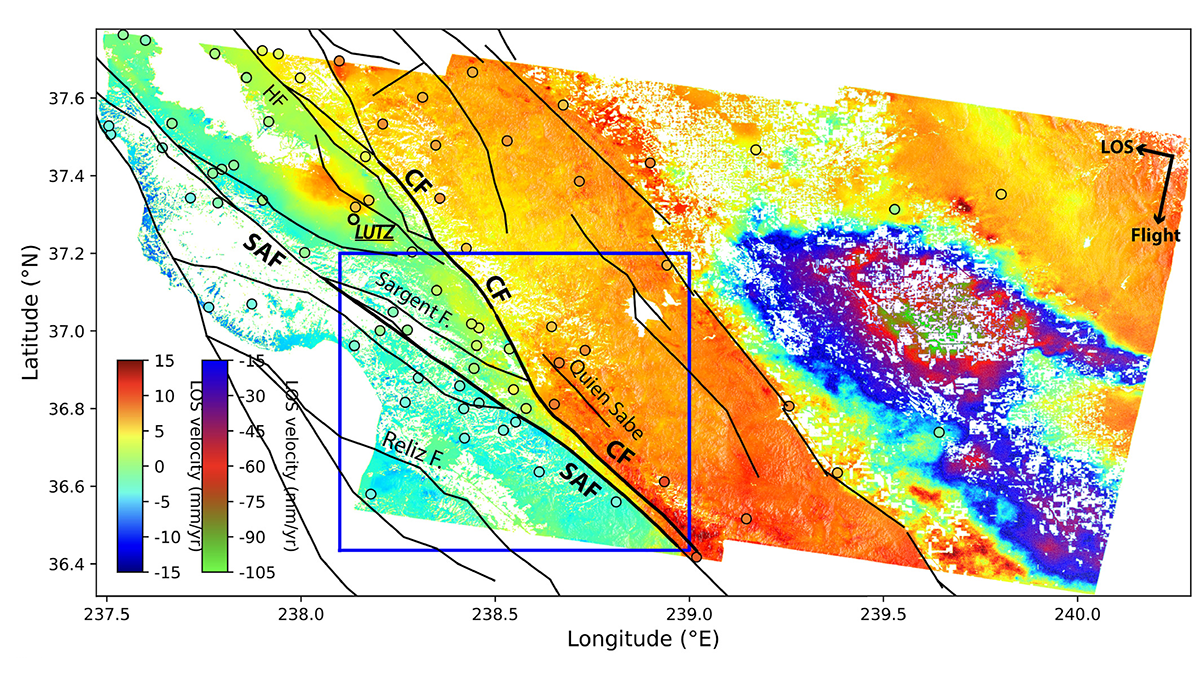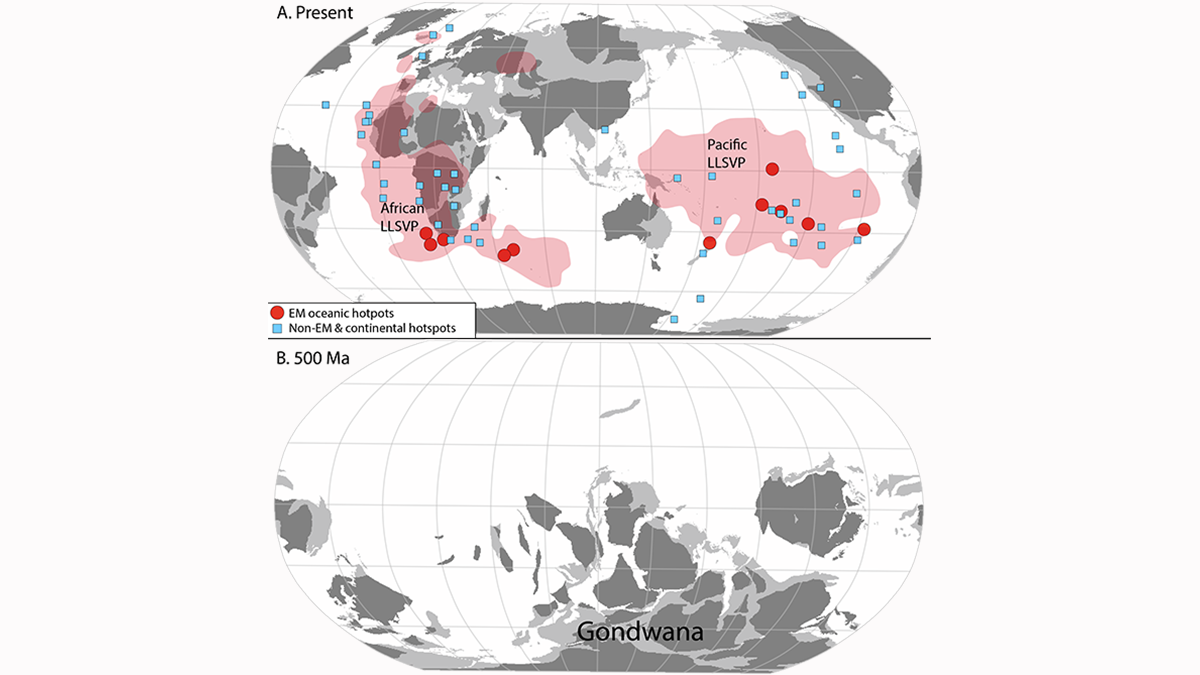A machine learning model trained using data on the chemical composition of magmatic rocks yields comparable, if not better, results to previously developed geochemical proxies.
plate tectonics
Radar Satellites Capture Subtle Slip Evolution on Faults
A five-year time series from radar satellite imagery tracks surface slip on major faults in the San Francisco Bay Area, capturing subtle velocity variations and controlling factors.
Topography Along the Apennines Reflects Subduction Dynamics
Topography and exhumation vary strongly along the Apennines, reflecting the geometry of the Moho and different geodynamic mechanisms.
The Seven-Ages of Earth as Seen Through the Continental Lens
The 4.5-billion-year record contained in Earth’s continental crust reveals a seven-phase evolution, from an initial magma ocean to the present-day environment in which we live.
Scientists Decipher the Seismic Dance of the Southern Alps
Most of the Alps are considered tectonically dead, but according to new research, the southeastern region—home to prosecco wine—is very much alive.
New Tectonic Plate Model Could Improve Earthquake Risk Assessment
A new model of tectonic plates in New Zealand may identify areas of increased earthquake likelihood.
The Crust Travels to the Earth’s Core and Back in Record Time
Subduction of continental crust around the Gondwana supercontinent may explain the mantle Dupal anomaly of the southern hemisphere.
Europa’s Plate Tectonic Activity Is Unlike Earth’s
The moon of Jupiter has likely experienced intermittent, regional plate tectonic activity in the past, although the plates are currently dormant.










